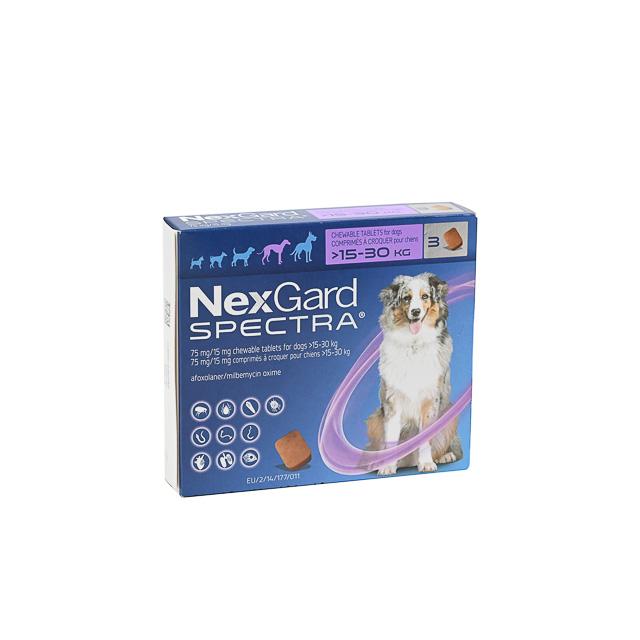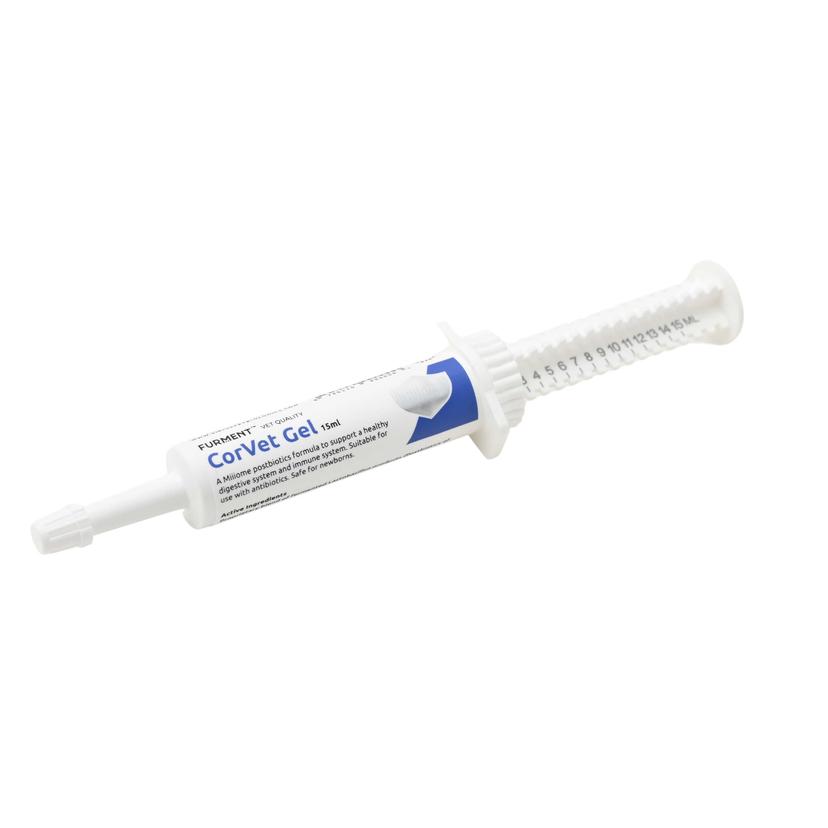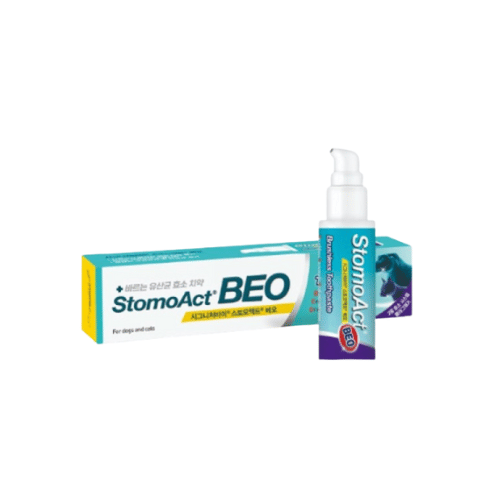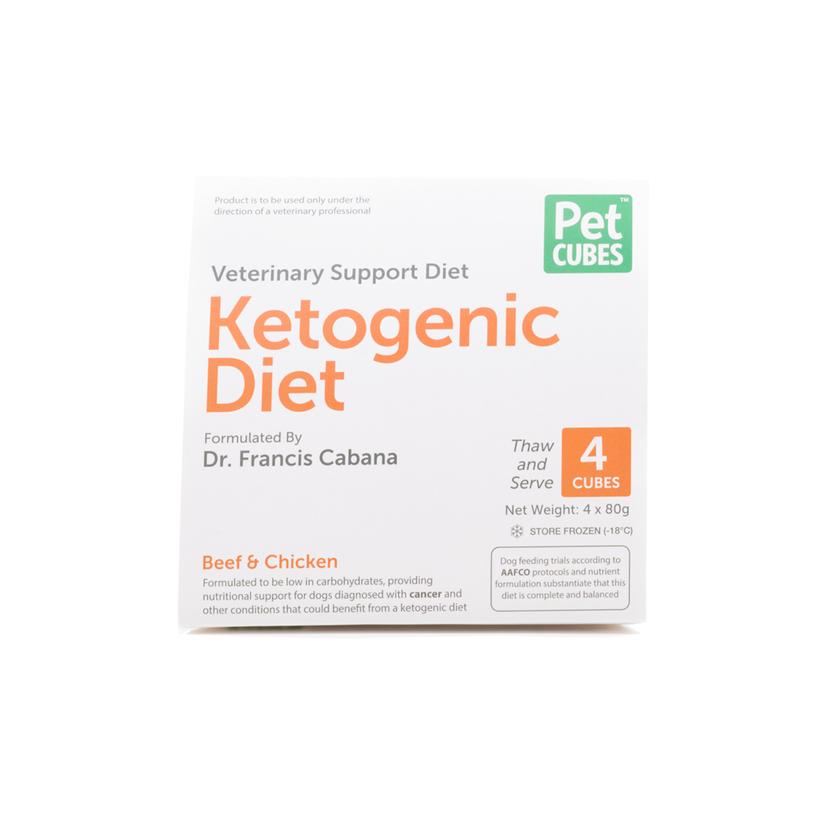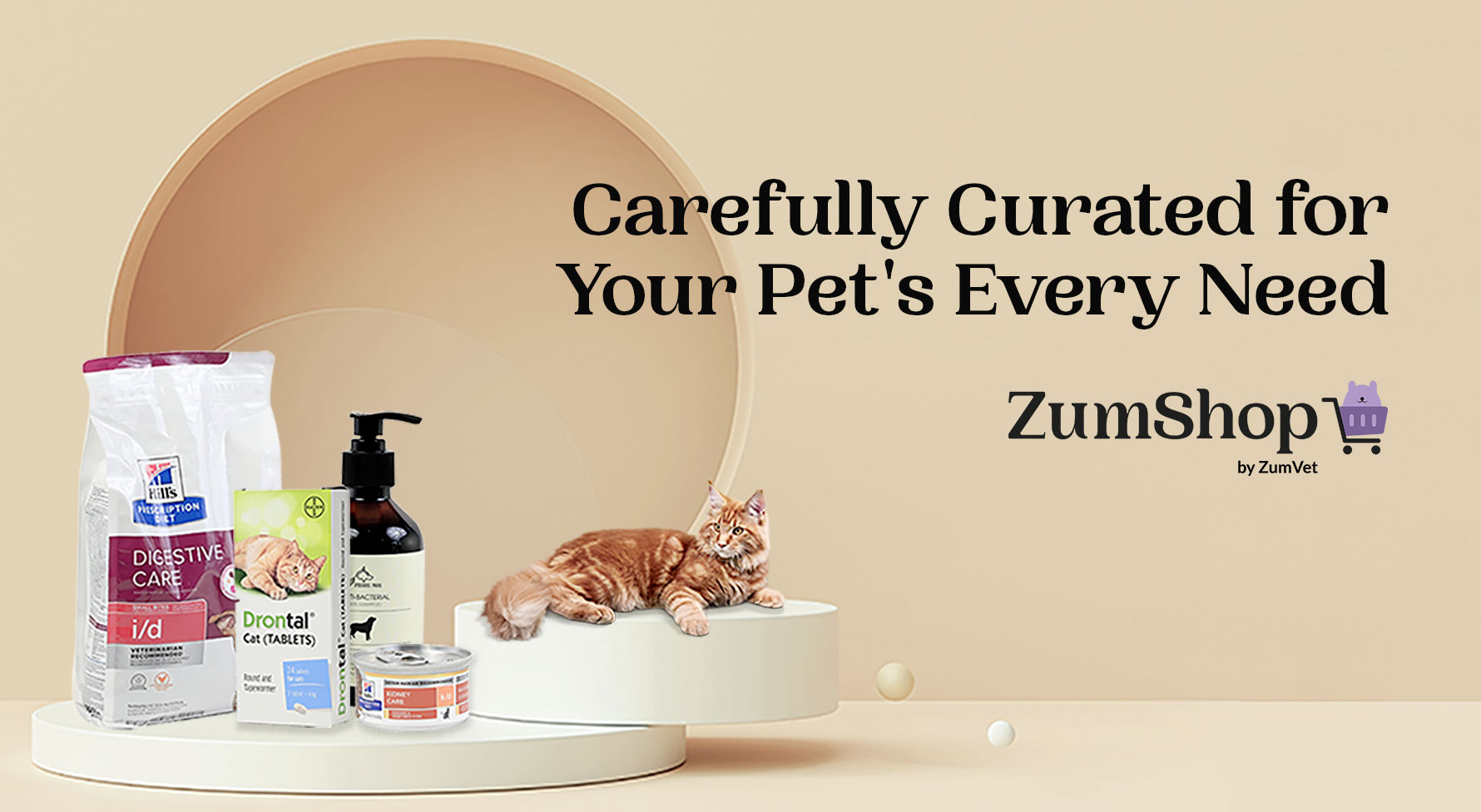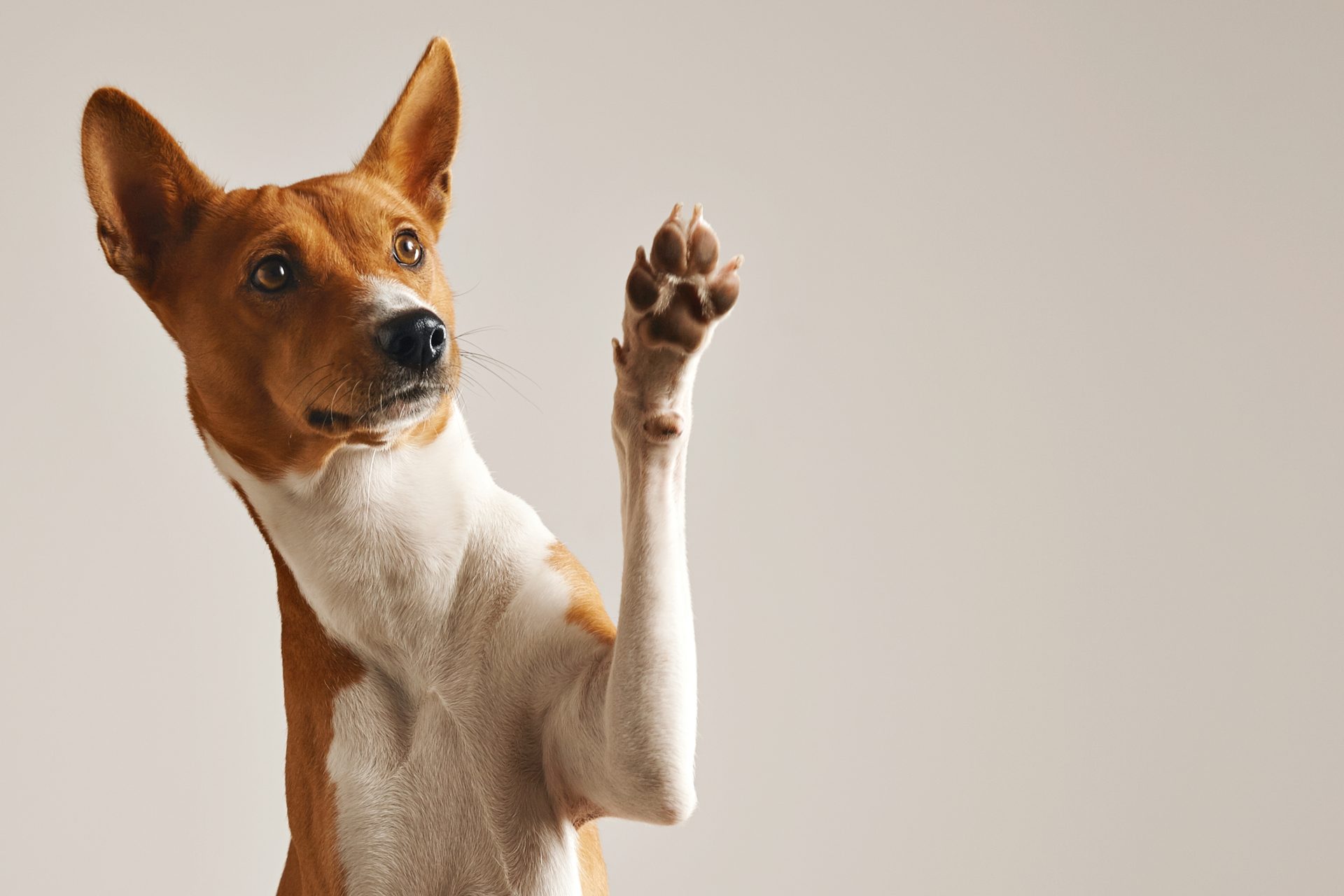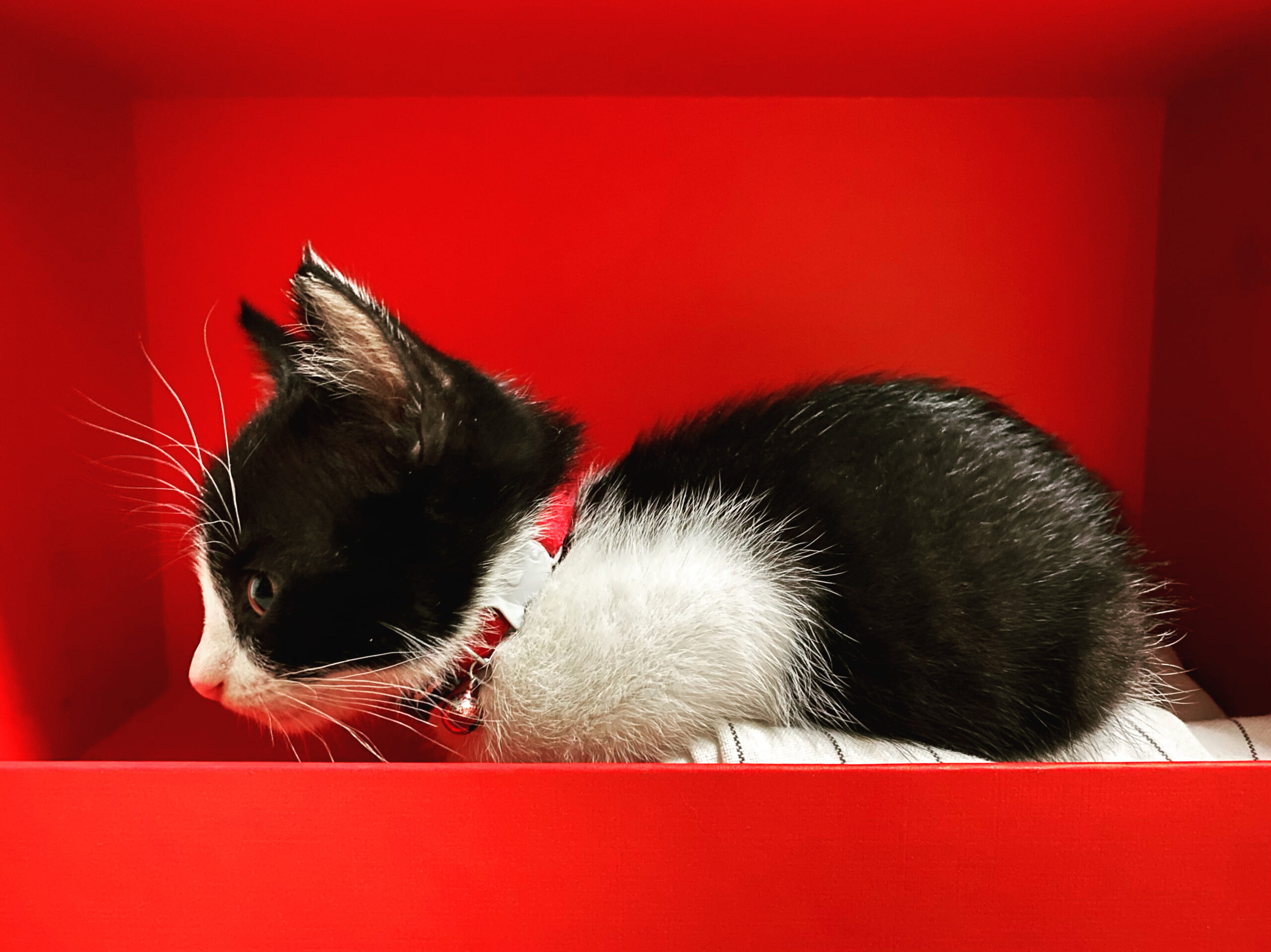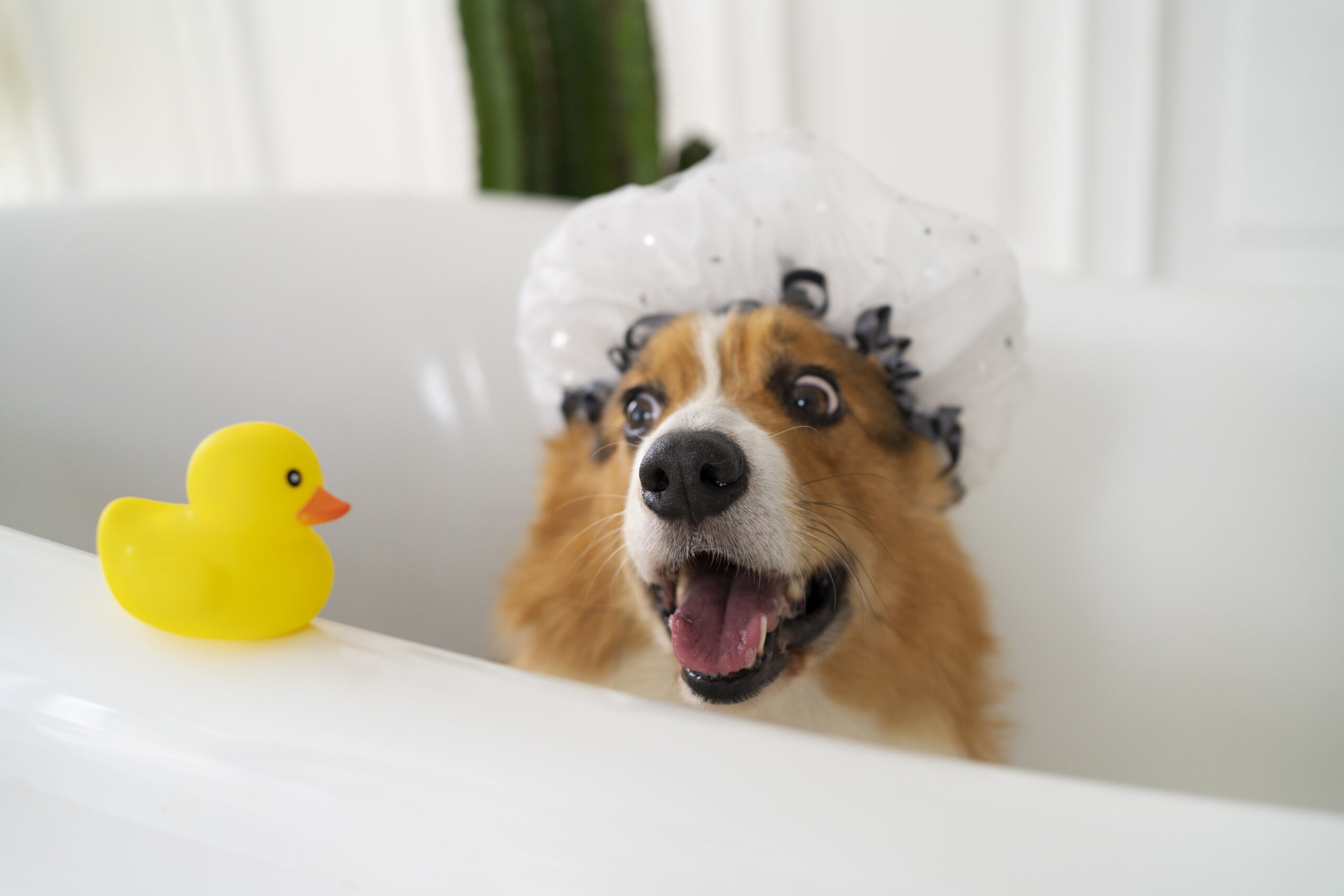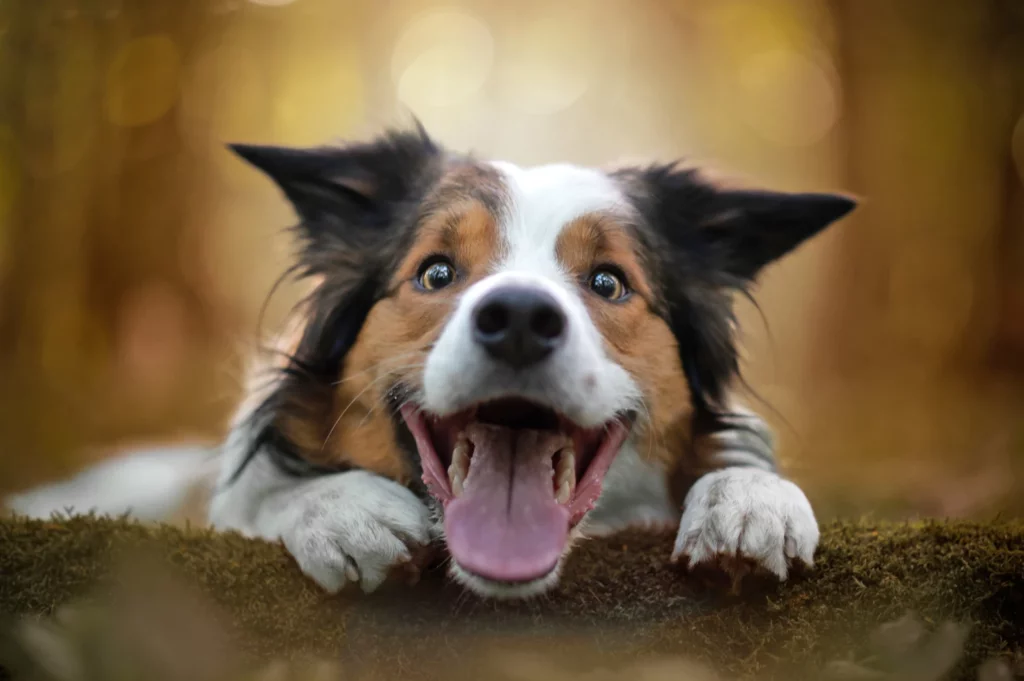
As loving pet owners, we always strive to ensure the happiness and well-being of our furry friends. Just like humans, dogs require adequate sleep to maintain their overall health, and a comfy dog bed is crucial for a restful slumber. Every dog is unique, and their sleeping habits might differ depending on characteristics such as breed, age, size, and health concerns. However, with the variety of alternatives available, recognising your dog’s individual needs while purchasing the correct dog bed can be a challenging endeavor. Let’s look at the aspects to consider while selecting the best bed for your canine companion, so you can create a cozy and comfortable sleeping environment for your canine companion.
Choosing the Right Size
One of the most crucial aspects of choosing a dog bed is determining the appropriate size. Your dog should be able to stretch out fully without feeling cramped or hanging off the edges. To determine the proper bed size, measure your dog from nose to tail and consider their weight. Keep in mind that puppies can quickly outgrow their beds, so consider getting a larger size to accommodate their growth.
Considering your Dog’s Sleeping Style
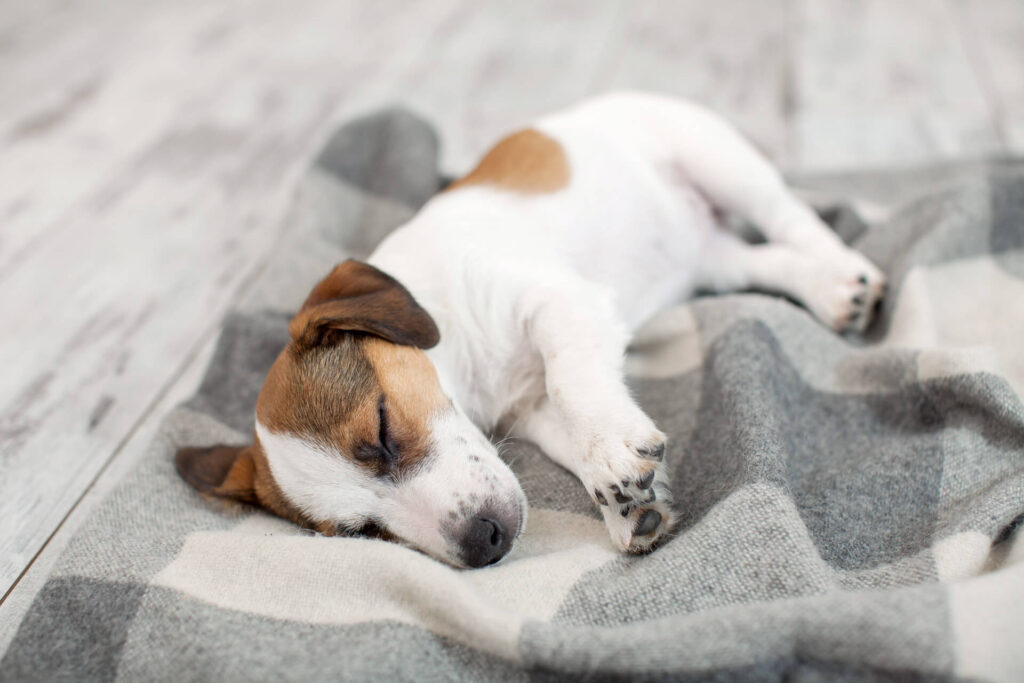
Dogs, like humans, have different sleeping styles and preferences. Understanding your dog’s sleeping style can assist you in selecting the right bed that caters to their needs. Here are some common sleeping styles of dogs:
Curlers
Many dogs love to curl up into a tight ball when they sleep. They tuck their legs and head in close to their body, creating a cozy and secure sleeping position. This also helps to retain their body heat.
Stretchers
Some dogs enjoy stretching out their bodies fully when they sleep. They lie on their side or their belly with their legs extended. Dogs that are stretchers need a bed with enough space to accommodate their body length
Learners and Pillowers
Some dogs like to rest their head on an elevated surface or lean against something while sleeping. They may lean against a wall, furniture or even against their bed
Burrowers
Certain breeds or individuals dogs have a natural instinct to burrow and nest. They enjoy digging and snuggling into soft and cozy materials
Back sleepers
Some dogs prefer lying flat on their back with their legs in the air while sleeping. This position allows them to cool off their belly and regulate their body temperature.
Spooners
Some dogs enjoy sleeping curled up against their owner or another pet. They seek physical contact and comfort while sleeping. In this case, beds that are large enough to accommodate both the dog and their cuddling partner may be preferred.
It is important to observe your dog’s sleeping habits and preferences to determine their preferred style. Consider their preferred sleeping positions and behaviours when selecting a bed that provides adequate support and comfort. By selecting a bed that aligns with their sleeping style, you can enhance their sleep quality and overall-being.
Considering your Dog Bed Styles
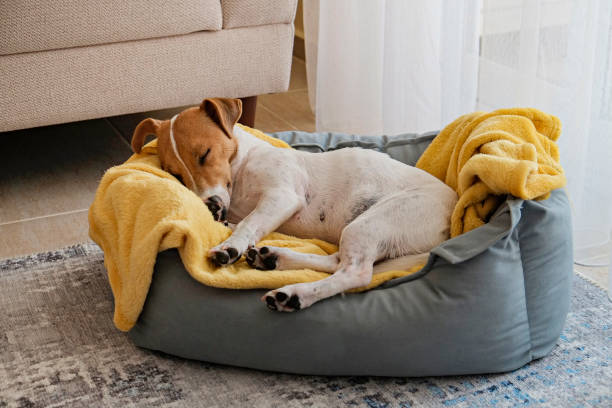
There are various styles of dog beds available in the market, each designed to cater to different preferences and needs of dogs. Here are some common dog bed styles:
Standard Rectangular Bed
This is the most common and traditional style of dog bed. It typically features a rectangular shape with padded sides and a cushioned bottom. These beds are versatile, suitable for dogs of all sizes and sleeping styles, and often come in a range of materials and designs
Nest-Style Bed
Nest beds have high-padded sides that surround the sleeping area, providing a cozy and secure space for dogs that like to curl up. These beds stimulate the feeling of being in a den and are suitable for dogs that enjoy nesting, burrowing, or leaning against something while sleeping.
Bolster Beds
Bolster beds feature raised edges or a pillow-like bolster surrounding the sleeping surface. This style is ideal for dogs that like to rest their head on an elevated surface or lean against something while sleeping. The bolster provides support and serves as a comfortable headrest
Orthopedic Bed
Orthopedic dog beds are specifically designed to provide superior support and comfort, especially for dogs with joint or muscle issues. These beds usually feature memory foam or supportive padding that conforms to the dog’s body shape, alleviating pressure on their joints and promoting better sleep. These beds are best suited for geriatric dogs, eg. docs with arthritis or other musculoskeletal conditions.
Pillow Beds
Pillow beds consist of a large, cushioned surface that provides ample space for dogs to stretch out and lie comfortably. They are simple in design and often made with soft materials. Pillow beds are suitable for dogs that enjoy stretching or lounging on a flat surface
Cave or Hooded Bed
They have an enclosed design that mimics a den or burrow. These beds have a covered or hooded top and an opening for dogs to enter and nestle inside. They provide a cozy and secluded space for dogs that enjoy burrowing, nesting, or seeking extra privacy
Elevated Cot Bed
Elevated cot beds featured a raised platform supported by legs or a frame, with a breathable mesh or fabric surface. These beds keep dogs off the ground, allowing for increased airflow and providing a cooler sleeping surface. Elevated cot beds are particularly suitable for outdoor use or dogs that prefer a cooler sleeping environment
Travel or Portable Bed
Travel beds are designed for convenience and portability. They are lightweight, foldable, and easy to carry, making them ideal for trips, camping, or visiting friends and family. These beds provide a familiar and comfortable sleeping space for your dog wherever you go
Quality Materials
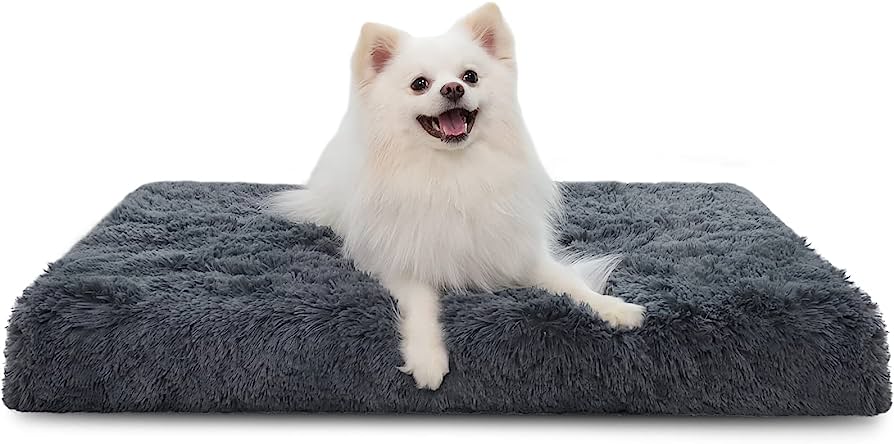
The choice of materials for your dog’s bed is vital for their comfort and durability. Choose a dog bed made from high-quality, non-toxic materials that are soft and robust enough to withstand your dog’s activity level. Look for removable, machine-washable covers to make cleaning easier and maintain hygiene. Here are some quality materials commonly used in good dog beds:
Memory foam
Memory foam is a popular material used in orthopedic dog beds. It conforms to the dog’s body shape, provides excellent support, and helps relieve pressure points. Memory foam is especially beneficial for older dogs or those without joint or muscle issues
High-Density Foam
High-density foam is another supportive material used in dog beds. It offers cushioning and support, maintaining its shape even with prolonged use. High-density foam is suitable for dogs of all ages and sizes, providing comfort and durability
Durable fabrics
Look for dog beds made from durable fabrics that can withstand regular use and washing. Nylon, canvas or polyester fabrics are known for their strength and resistance to wear and tear. These materials are also easy to clean and maintain
Waterproof or water-resistant covers
Dogs may have accidents or drool, so having a waterproof or water-resistant cover is beneficial. These covers protect the inner form or filling from moisture and help prevent odours and the growth of bacteria. They are especially useful for puppies, senior dogs, or dogs with incontinence issues
Machine-Washable Covers
Dog beds can get dirty quickly, so having machine-washable covers is convenient for easy cleaning. Removable covers that can be tossed in the washing machine help maintain hygiene and keep the bed smelling fresh. Make sure to follow the manufacturer’s instructions for washing and drying to preserve the quality of the bed
Non-Toxic Materials
Ensure that the materials used in the dog bed are non-toxic and safe for your pet. Avoid beds that contain harmful chemicals, dyes or flame retardants that could potentially harm your dog’s health. Look for beds that are certified as safe or meet certain standards for pet products.
Considering your Dog’s Health

If your dog has specific health conditions, it’s essential to choose a bed that caters to their needs. For instance,
Allergies
Dogs prone to allergies may benefit from hypoallergenic beds made from materials resistant to allergens, dust mites, and fleas. Hypoallergenic beds are often crafted with hypoallergenic fabrics and fillings, which minimise the risk of triggering allergic reactions and keep your dog comfortable and itch-free
Arthritis or Joint Issues
Beds with memory foam or orthopedic features offer superior support and relieve pressure on achy joints
Temperature Regulation
Some dogs are more prone to overheating or getting cold during sleep. Consider the climate and your dog’s breed when selecting a bed. For warmer climates, choose a bed with breathable materials that allow for proper air circulation and cooling. For colder environments, look for beds with insulated or self-warming features to provide extra warmth and comfort
Age-Appropriate Bedding
Dogs at different life stages have varying needs. Puppies may require a bed with sturdy construction to withstand their teething and playful behaviours. Older dogs may benefit from beds with low sides or easy access to accommodate their mobility limitations. Additionally, consider beds with washable, moisture-resistant covers for puppies or senior dogs who may have accidents or be prone to incontinence
Post-Surgery or injury
If your dog is recovering or has a recent injury, providing them with a comfortable and supportive bed is crucial. Orthopedic beds are often recommended in these cases due to their ability to relieve pressure on sensitive areas. Additionally, beds with waterproof or easily washable covers can help maintain hygiene during the recovery period
Size and weight capacity
Ensure that the bed you choose can comfortably support your dog’s weight and size. If your dog is larger or heavier, opt for beds with sturdy frames and reinforced seams to prevent sagging or collapsing. It’s important to provide ample space for your dog to stretch out fully and rest without feeling cramp
By choosing a dog bed made from high-quality materials, you can provide your furry friend with a comfortable and long-lasting sleeping surface. Pay attention to the construction, stitching, and overall craftsmanship of the bed to ensure it can withstand your dog’s activity level and provide the support they need for restful sleep.
Safety First
Apart from high-quality material, safety is paramount to ensure your dog’s well-being. Here are some important factors to consider:
Sturdy Construction
Choose a dog bed with sturdy construction to prevent collapsing or tipping over, especially if you have a larger or more active dog. Check for strong seams, reinforced concerns, and a solid frame or base that can withstand your dog’s movements and weight
Chew-Proof Design
If your dog is prone to chewing, consider a dog bed with a chew-resistant or chew-proof design. Beds made from tough materials like ballistic nylon or reinforced stitching can withstand chewing and reduce the risk of your dog ingesting harmful materials
No Loose Parts or Choking Hazards
Check the bed for any loose parts, such as buttons, zippers or decorative accessories that your dog could chew off and potentially swallow. Beds that are fraying or with loose material such as stuffings can also be a hazard. These small parts can pose a choking hazard or cause intestinal blockages if ingested. Opt for beds with minimal embellishments or ensure that any decorative elements are securely attached.
Easy to Clean
Regular cleaning is necessary to maintain hygiene and prevent the growth of bacteria or parasites. Choose a dog bed with a removable, machine-washable cover that can be easily cleaned. This allows you to keep the bed fresh and free from odours, stains, or allergens that may affect your dog’s health
Remember to supervise your dog when introducing them to a new bed and monitor their behaviour to ensure they are using it safely. If you notice any signs of discomfort, irritation or unusual behaviour related to the bed, consider selecting a different bed that better suits your dog’s needs. You can also visit Zumvet to book an online consultation or a home visit with a certified vet.
Conclusion
Investing in the perfect dog bed is an important step in ensuring your canine companion receives the restful sleep they deserve. By understanding your dog’s needs and prioritising their health and safety, you can provide them with a comfortable and secure sleeping space.

Pro Tip
Supplementing their bed with Adaptil can improve their overall well-being by reducing tension and anxiety. It is a pheromone-based product that is intended to mimic the natural calming aroma released by mother dogs, helping alleviate stress and anxiety in dogs.
For people with sensitive noses, there is no need to worry as Adaptil is odourless for humans. It can be found in ZumShop. With the correct bed, your furry friend will enjoy many nights of restful sleep, leading to a happier and healthier lifestyle



